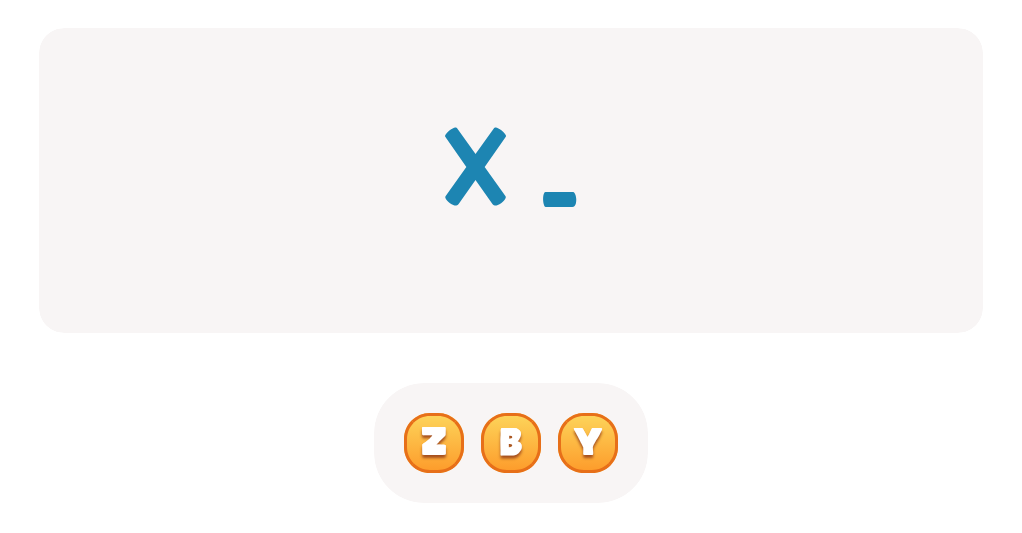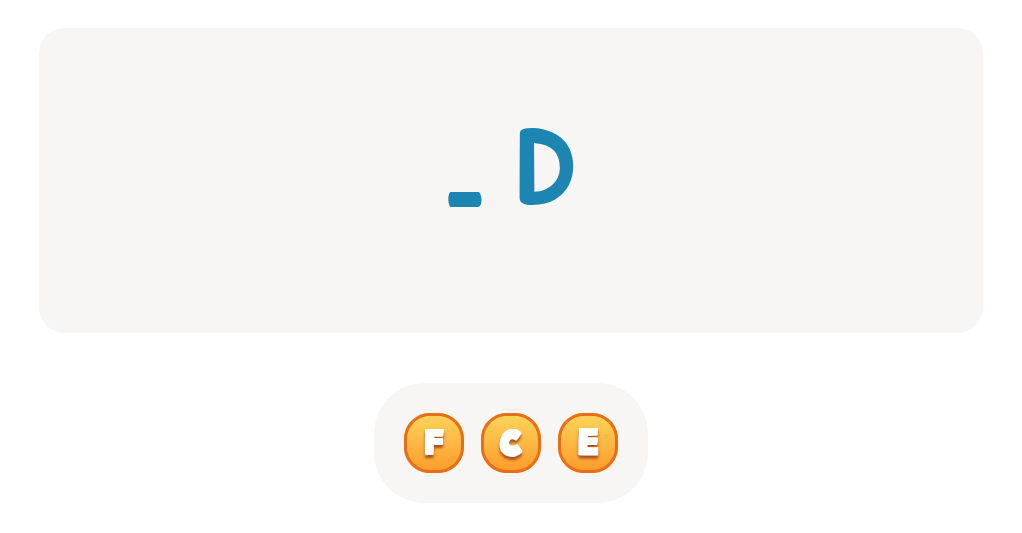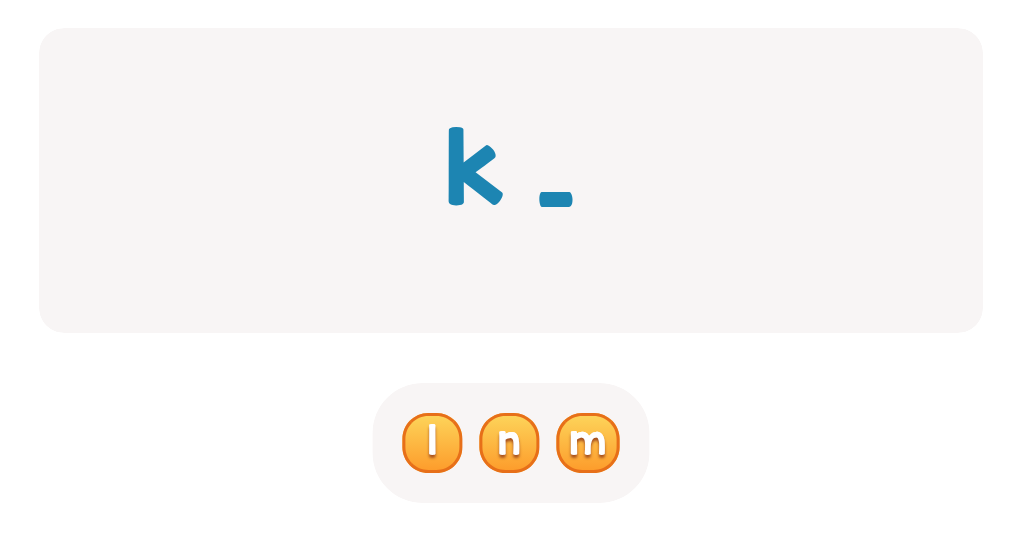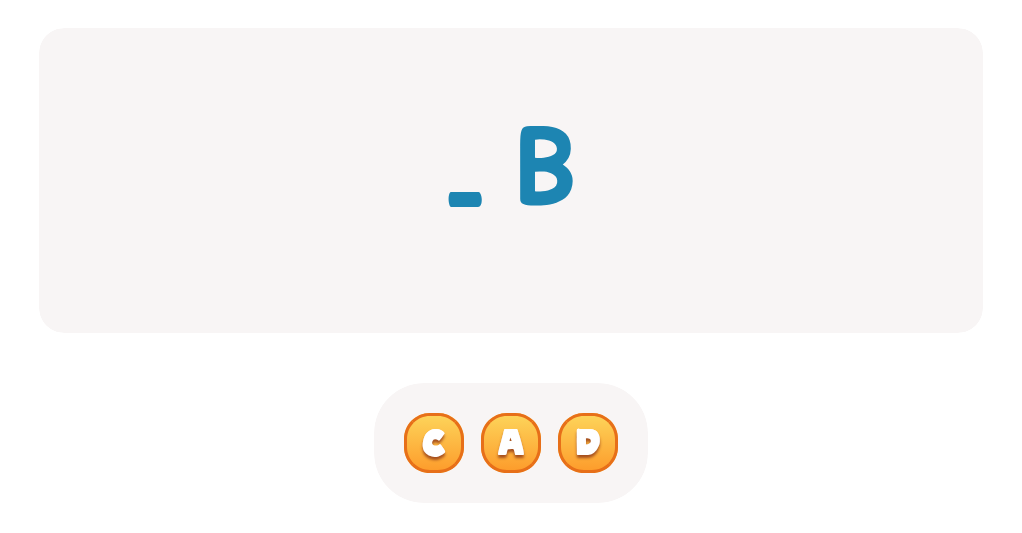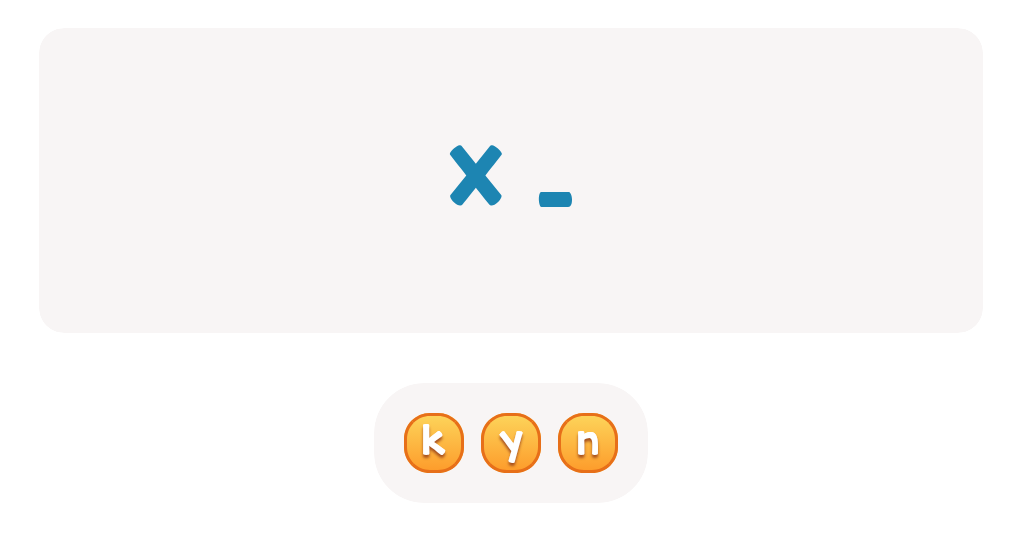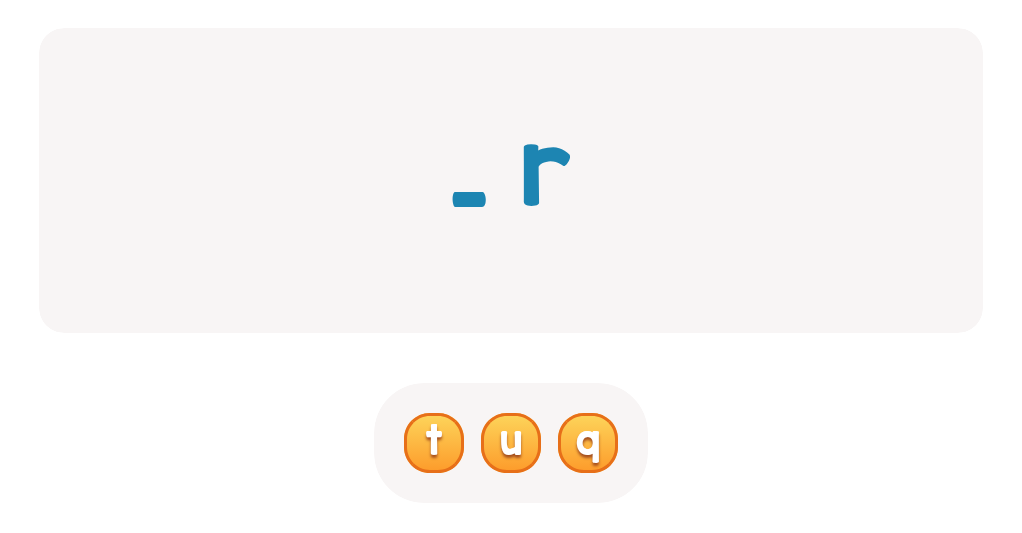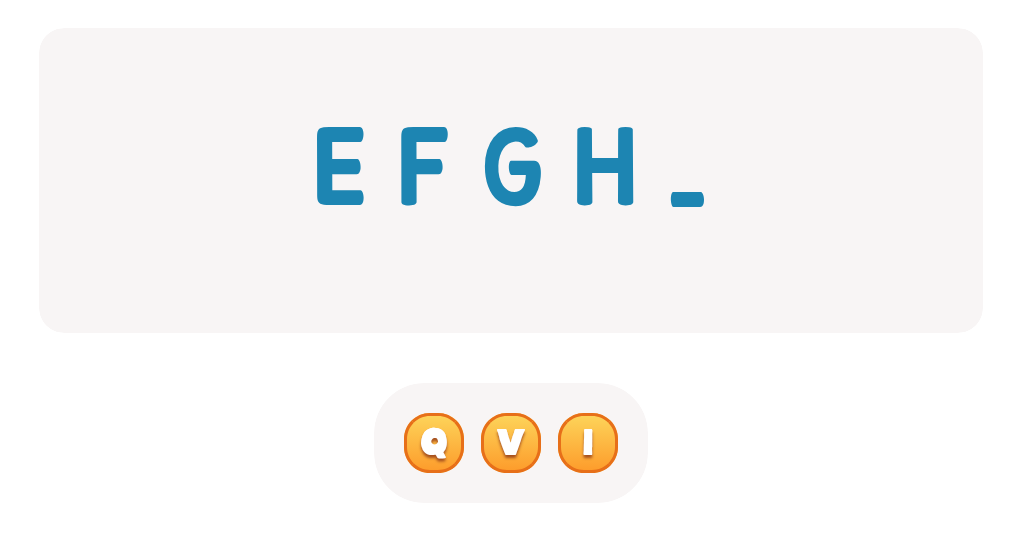Alphabet understanding Normal Upper & Lowercase Letters Worksheets for Ages 5-9
3 filtered results
-
From - To
Discover our Alphabet Understanding Normal Upper & Lowercase Letters Worksheets, specially designed for children ages 5-9. These engaging worksheets help young learners differentiate between uppercase and lowercase letters through fun activities that promote letter recognition and writing skills. Each worksheet provides a mix of exercises, including tracing, matching, and identification, fostering a solid foundation in reading and writing. With vibrant illustrations and kid-friendly layouts, your child will enjoy practicing their alphabet skills while developing confidence in their literacy abilities. Perfect for classrooms or homeschooling, our worksheets cater to diverse learning styles and ensure that learning the alphabet is an enjoyable experience!
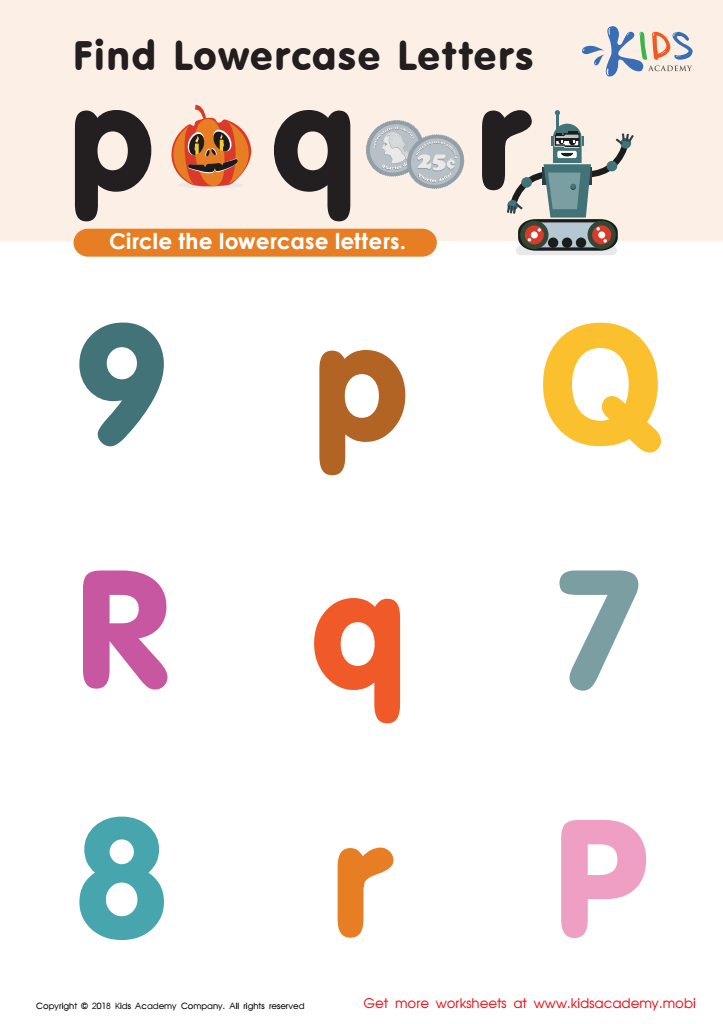

Find lowercase Letters p q r Worksheet
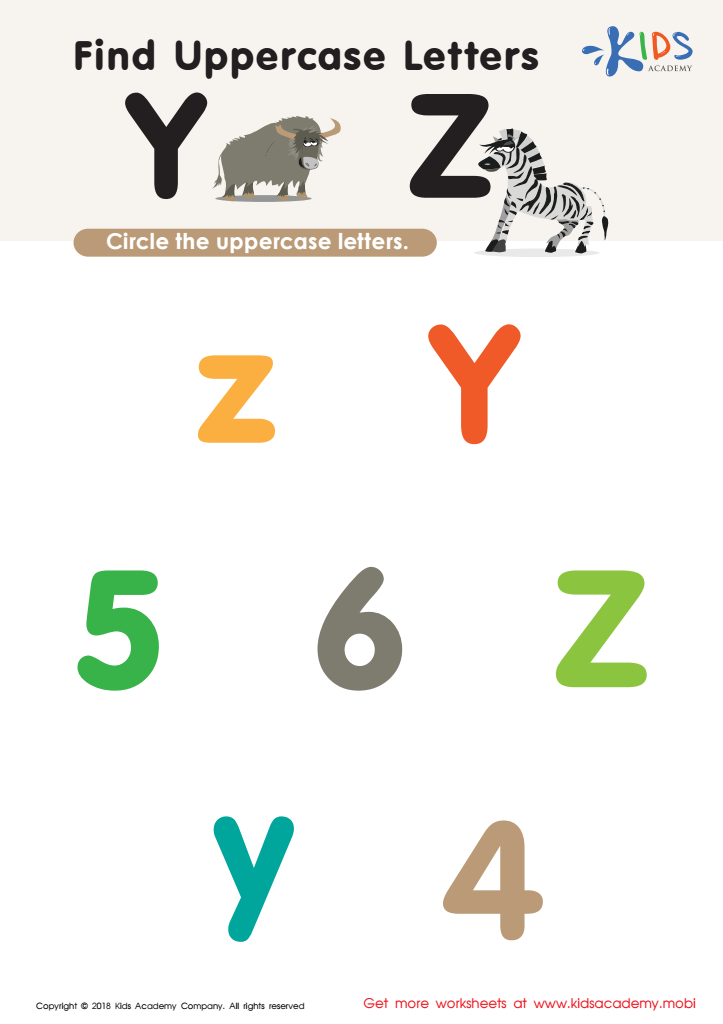

Find Uppercase Letters Y Z Worksheet
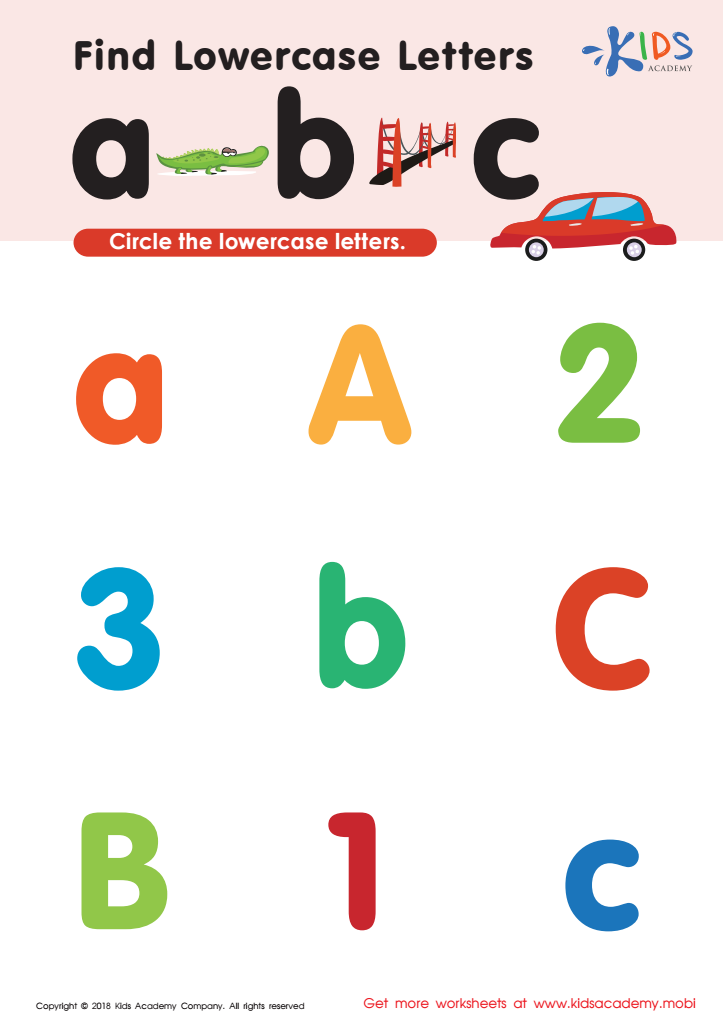

Find lowercase letters a b c Worksheet
Understanding both uppercase and lowercase letters is fundamental for children's literacy development, particularly for ages 5-9. During these critical years, children begin to recognize, differentiate, and use letters, which lays the groundwork for reading and writing skills.
Teachers and parents should care about alphabet understanding because it aligns with essential cognitive and linguistic skills. Recognizing uppercase letters plays a significant role in identifying names and the beginnings of sentences. Conversely, lowercase letters make up over 90% of written text, making their knowledge essential for reading fluency. Children who struggle with letters may find reading daunting, leading to frustration and impacting their self-esteem.
Moreover, mastering the alphabet supports phonemic awareness, a crucial component in learning to decode words. Engaging children in activities that focus on both letter cases can enhance their grasp of language and syntax, ultimately fostering a love for reading and writing.
Additionally, early alphabet understanding influences overall academic performance and contributes to successful communication skills as children progress through their educational journeys. By prioritizing this foundational skill, parents and teachers enable children to become confident readers and writers, setting the stage for lifelong learning.
 Assign to My Students
Assign to My Students
